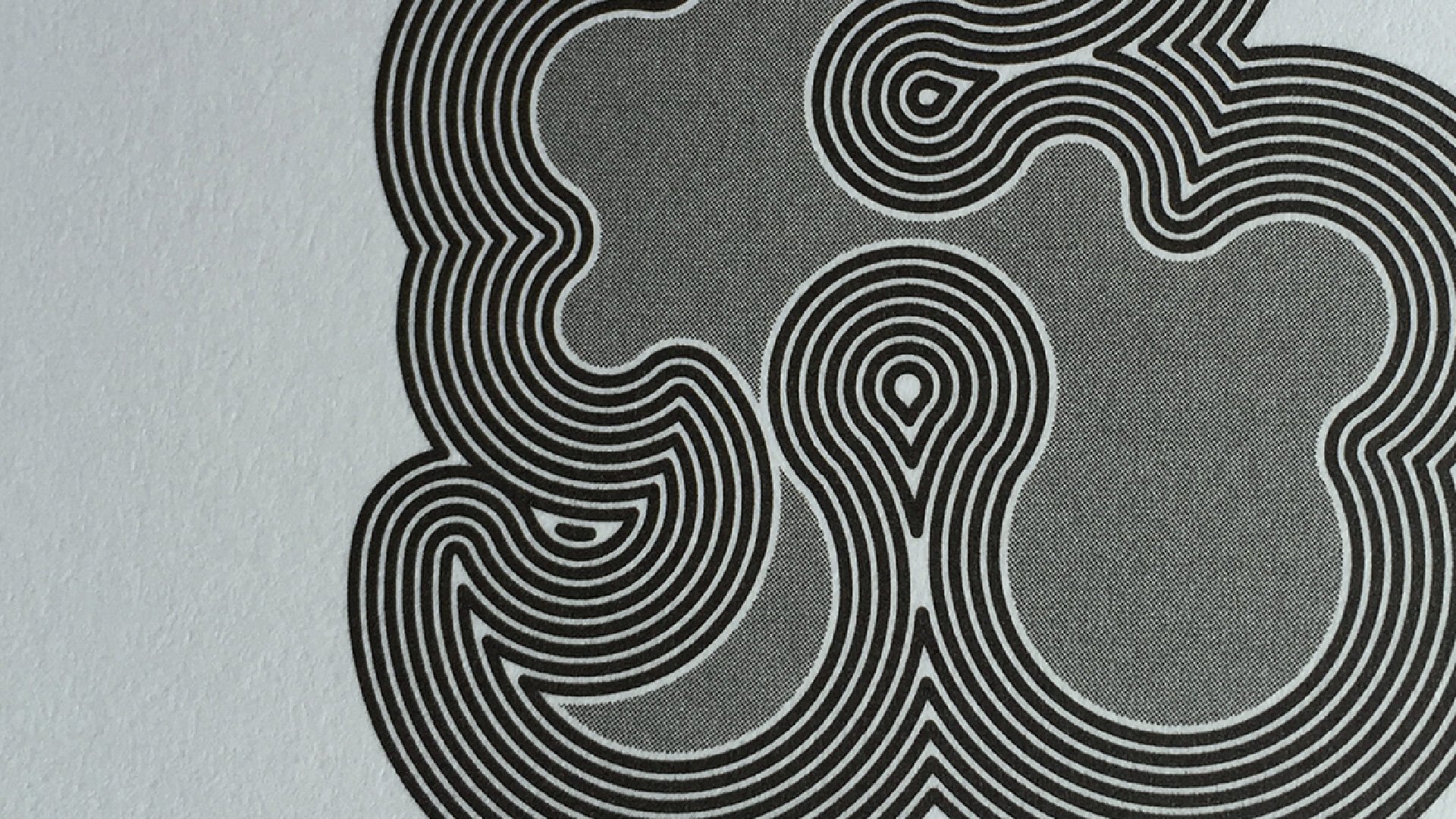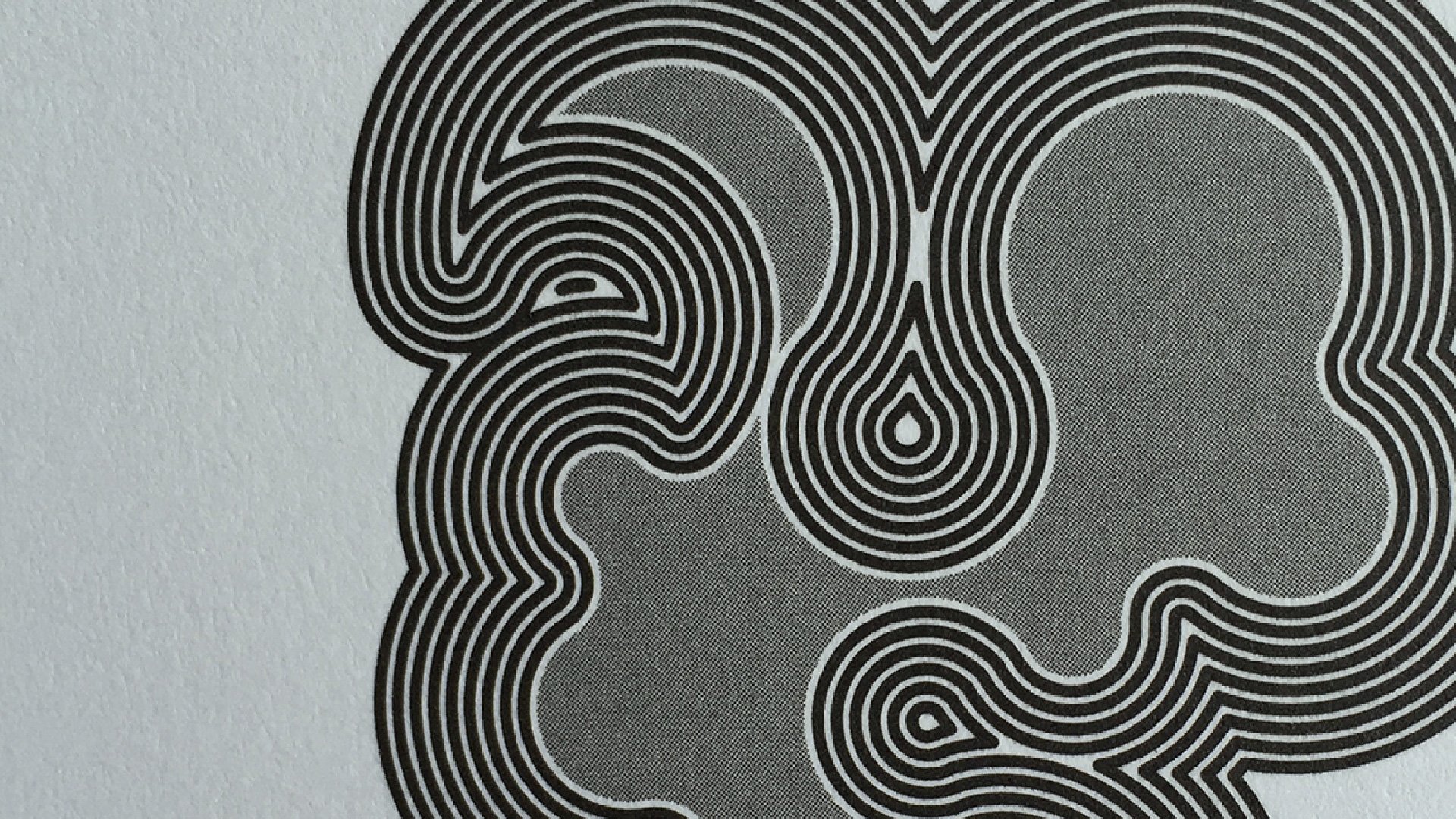#ochreguitar
Denim days.
by Sheel Khemka
© Sheel Khemka 2022
Looking back to those halcyon days of denim - from its first fabrication in Europe in the 1500s, through to its meteoric ascendance in the US culminating in the 1950s to 1970s counter culture of America -
through to its transformation in the 1980s -
to the jeans of today.

Inspiration
The inspiration behind this site, this story, is that we love denim, or at least a certain type of denim- call us denim lovers, aficionados, ardent denim wearers- ‘denim heads’ even, or what you will.
We’re of the clan who are into that particular species of refined, hallowed, pristine, and sanctified, yet non-pristine at the same time, a kind of rugged, grit-infused, dirty even,

select type of authentic look denim that comes borne with its manifold slubs (those accidental but sought after imperfections in its grain)- and all else that gives it a serene yet at the same time a somewhat unfathomable sense of depth and dimension.
- The type of denim that holds an aura,
one that lends it ripe for close to universal, unilateral- an indispensable - adoption as the every individualist person’s uniform.
Ignoring the fact that such a thing is, so to speak, an oxymoron.
And yes, this type of denim is indeed a true blank canvas, as blank as is white- and of its own volition, relishing in its blankness - in fact -
as it all the while quietly accumulates and improves with age, gracefully growing in stature with wear.
Of course there’s no need for the usual rigour in the aftercare either, the washing- and the more it’s beaten up, torn, aged and then repaired – then the more this fine piece of a work wear cloth becomes you, the very thing you can wear anywhere and take everywhere–
all the while brimming within the subtext of your own fine and unbending uniqueness, come individuality, that so in spite of the fact that everyone else is doing the same, whether on the street, in the classroom, out at night.
__________________
So when that previously long held belief and ideology is turned on its head, and word gets out that the very thing that was once the hallowed, the revered, the treasured, and the most practical to wear as well as the most electrically fashionable, and wholesomely irreverent to boot, at the same time as being of infinite status-giving (where such qualities are often mutually exclusive and rarely combine)-
when it’s suddenly proclaimed that this sovereign piece of a national treasure, standard bearer of the new world and the emancipated West (since World War II), that this piece of what was once considered blue gold is no longer- now the alleged perpetrator of the world ill- meaning, the eco crisis - from its every aspect, start to finish - at every stage of its manufacture and consumption - from the farming up, to its water usage, to its earth-slaying insecticides, to its manifest contribution to the world’s polluted waterways and oceans, to the growing toxic and micro-plastic waste, and to none other and no less than – yes, carbon emissions- then of course the loyalties start to shift, to maybe a begrudging acceptance at first, then to a guilty acceptance and maybe a guilty pleasure, but then not pleasurable at all, and then outlawed, cancelled.
And next follows the question of what else do you wear.
But, and this is a ‘But’ with a capital ‘B’. Are the alternatives genuinely an improvement, all things considered? Truly holistically speaking?
If for example it’s pared down to the bare bones, the bare facts, taking out the heady, reactive political and emotive response, with some of the hysteria removed, and with truly long term foresightedness in mind and all things accounted for, for a thorough and objective take at the full length of the life cycle of a given pair of these things, then how would it fare then?
Do you think?

And there we have it indeed. Stop. Time out. Need to think clearly, beyond the trees. What is it about denim that has suddenly made it so evil? And conversely, if you can wear the same single pair of jeans every day (or most days), day in day out (as literally you can, for example that favourite pair of yours), or for weeks if not months on end-
and still the need to wash them is less, and still they continue to wear, and not wear out, looking good on you if not better, improving all the while with age and your wear, then surely there- that’s a part of the answer right there?
Now take a look at what’s happening to some of the old brandished specimens from the 60s and 70s, or the 80s and 90s even in some cases– Levis, Wrangler, Lee and a whole raft of genuine vintage jeans that end up in great piles at vintage warehouses, many of which are there alas on a detour from their eventual destination that great and mighty landfill you know- and how these are now, suddenly, being actively withdrawn from the heap, and repurposed, recycled and up-cycled, then re-circulated into society as cool, on-trend new it-jeans or jeans derivatives such as denim skirts, shirts, dresses, totes, curtains or upholstery or even used usefully as thermo insulation in the construction industry, for example.
Underpinning all of which is the fact that denim is at source a tougher, more durable fabric and in some cases lasts longer than we do ourselves.
Next let’s take a look at why jeans are so harmful in the first place, and lets try to be as objective as possible about that too.
It starts with the farming of the cotton (and the harmful, non-sustainable use of pesticides, the use of inordinate amounts of water, and copious land usage), then there’s the dyeing of the yarn (the toxicity of the indigo and chemicals used), and then the industrial laundry and the finishes (stone-washing to soften the jeans, ageing effects such as whiskers, and hand-sanding, and the potassium permanganate sprays and the bleach that’s used to create that fade and worn-in look, so sought after for decades now).
But- in fact- this wasn’t always the case with denim. In what is in my view it’s halcyon days – in its latter stages the 1930s to the 1970s – but indeed going all the way back to denim’s origins in the 1500s – cotton was farmed de rigeur more sustainably, and there were fewer if not zero chemicals or treatments involved. While it is also true that today new technologies are evolving so that whiskers, hand-sanding, the sprays and the bleach can now all be achieved through non-environmentally harmful processes such as laser technology and enzymes, and that these are being widely adopted today by the industry at large, nevertheless- and this is the key- the type of denim that was produced then (in the halcyon days) was actually, in essence, a different kind of denim, and with a different kind of integrity, and a different kind of life-cycle, that meant that not only was it produced more sustainably in the first place, but that it would also be loved, and treasured for years if not decades, hard wearing but also intrinsically beautiful and precious enough that it would be kept in circulation if at the very least as a collectible, capable and worthy of being passed down the generations (as indeed has happened). Problems started, unbeknown at the time, with the sudden and sheer ubiquity of demand for denim in the ‘80s.
The weaving room at Cone Mills’ Mexico facility, circa 2000
From the early to mid-’80s faster, cheaper, manufacturing processes were invented and adopted by the whole industry that- as far as denim is concerned- became quite defining. 95% of the denim milled ever since the mid-80s, continuing to the present day, is at its core a different type of fabric, the cheaper manufacturing methods (crucially in the spinning) changed its core or you could say molecular structure- and integrity (and life-cycle).
The other defining difference is in the dyeing. Hank or skein or rope-dyeing, as in the traditional method, vis a vis the post early to mid-’80s slasher or sheet dyeing which again, is several times faster and cheaper, but at the same time doesn’t give the same sense of depth and dimension to the dyed denim fabric, or the same characterful fade propensity (which is one of the reasons why vintage - ‘vintage’ as in old, aged - denim jeans were so sought after and often prized as collector’s items since their popularisation in the late 1800s through to the 1970s- the special way that they fade). So what we are saying here is that these core compositional changes have created- and resulted in the widespread mass disbursement of- a type of denim that doesn’t inspire the same level of passion or fanaticism, the same love of the yarn, the same pre-occupation with preserving your old jeans, moulding it to your person, curating that fade by degrees, and if anything it’s gone the other way: we’re on the look out for the next pair, not quite one hundred percent satisfied with what we’ve recently bought and what we’re really looking for is a special pair that’s just like our favourite old pair only we can’t find it any more, nada. The new stuff simply doesn’t have the same integrity or lovable (over a prolonged period of time) quality. Hence the gradual accumulation of denim upon denim, one more to add to the hoard, and hardly worn before its de-hoarded and sent off—to wherever. Mass over consumption leading to mass over production, and all inherently un-biodegradable therefore leading to a further stage of mass toxicity when it’s land-filled. Quite apart from the depletions and toxicity it took for it to get there in the first place. Obviously all simply unsustainable. The transition has also been to jeans as shape-wear, also a potential cause of the great discombobulation here, as the focus has shifted to what’s the latest in stretch and stretch technology (in denim), as opposed to integrity of the fiber and keen eye for the good ole stuff that’s maybe built like a tank, also softer and silkier to the touch (which is also why we so loved it) and even better when it’s old and battered, but you never realised you could actually have both- that old school integrity in combination with the latest advancements in stretch technology – as you were looking in the wrong places, albeit the right places were at a somewhat secluded, sometimes scarier, pricier end of the great premium denim hierarchy.
Anyhow, let’s continue the story by going back to those halcyon days, closer to the very beginning where it all began, when denim transitioned from a rugged sailcloth to rugged workwear in Genoa, in Europe, in the 1500s.

Halcyon days of denim – somewhere near where it all began, in the 1500s and 1600s
While a denim predecessor namely the dungaree has been produced in India for centuries, denim as it is now recognised was first produced in Genoa, Italy (and soon to follow also in Nimes, France).
Think Medieval Europe during the Renaissance (the 15th to 16th century). Think European trading ports. Think Genoa, a key maritime and military base, also a trading hub exporting materials throughout Europe. It was the Maritime Republic of Genoa in Liguria from the 11th century until 1797. A major commercial power, and also one of the financial centres of Europe at the time. The Genoese navy played a pivotal role here. The importance of the Genoese navy was recognised throughout Europe. There was ongoing rivalry with Venice for dominance in the Mediterranean sea. Genoa was then conquered by the first French Republic under Napoleon and annexed to the French empire in 1805, but then in 1815 was annexed to the Kingdom of Sardinia sometime after the defeat of Napoleon.
__________
__________
site edited by Sheel Khemka BA (OXON)
© 2022.










